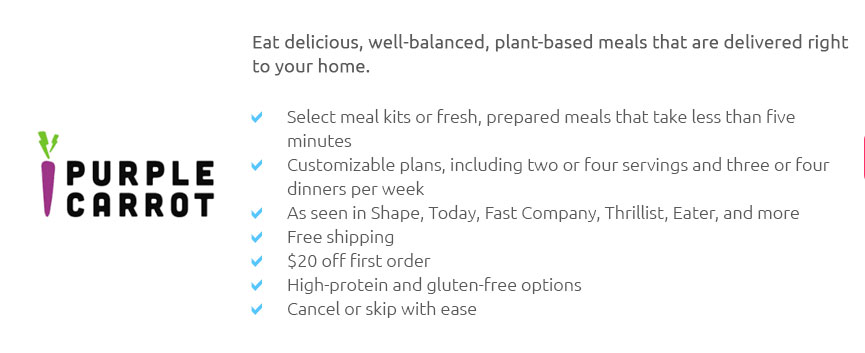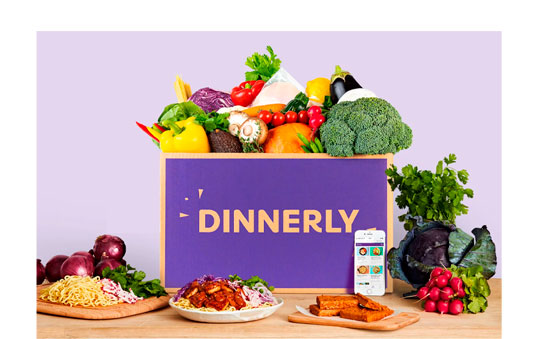 |
 |
 |
|---|
 |
|---|
 |
||||||
|---|---|---|---|---|---|---|
|
||||||
 |
 |
|||||
 |
 |
|||||
 |
 |
|||||
 |
 |
|||||
 |
 |
|||||
 |
 |
|---|
The Rise of Delivery Meals: A Modern Culinary RevolutionIn recent years, the concept of delivery meals has surged in popularity, transforming how we experience food in our daily lives. This culinary revolution, driven by the convergence of technology, convenience, and a burgeoning food culture, has reshaped our dining habits in profound ways. What once might have been a hurried phone call to the nearest pizza place has evolved into a seamless, app-driven process offering a myriad of cuisines from around the globe, right at our fingertips. One of the most compelling aspects of delivery meals is the sheer variety available. From traditional fare to exotic delicacies, the options seem endless. For instance, it's no longer uncommon for someone to order a spicy Thai curry, a classic Margherita pizza, and perhaps a vegan sushi platter-all in the span of a week, if not a single day. This access to diverse cuisines has not only broadened our palates but has also allowed smaller, niche restaurants to thrive by reaching a wider audience than they might through foot traffic alone. The convenience factor cannot be overstated. In today's fast-paced world, where time is often a luxury, the ability to have a gourmet meal delivered to your doorstep is nothing short of a modern miracle. Whether it's a busy professional with no time to cook, a family looking for a quick dinner solution, or someone recovering from an illness, delivery meals provide a solution that meets a wide range of needs. It's not just about convenience, though; it's about quality as well. Many delivery services now partner with top-rated restaurants, ensuring that the food that arrives is as delectable as it would be if served in-house. However, the rise of delivery meals is not without its challenges and critics. Some argue that the increasing reliance on these services can lead to a decline in communal dining experiences, which have traditionally been a cornerstone of family and social life. There is also the environmental impact to consider, with the packaging waste generated by single-use containers and the carbon footprint of delivery vehicles. Nevertheless, many companies are becoming increasingly aware of these issues and are making strides to implement more sustainable practices, such as biodegradable packaging and bike deliveries. The health implications of delivery meals are another point of discussion. While it is undoubtedly convenient, the nutritional content of these meals can vary significantly. Some services prioritize wholesome, balanced options, while others might lean towards indulgent, calorie-laden choices. As consumers, the onus is on us to make informed decisions, perhaps treating delivery meals as an occasional indulgence rather than a daily habit.
In conclusion, while delivery meals are not without their drawbacks, their rise signifies a significant shift in our culinary landscape. They offer a blend of convenience, variety, and quality that is hard to resist. As this industry continues to evolve, it will be fascinating to see how it adapts to meet the demands of an increasingly discerning and environmentally conscious consumer base. https://www.factor75.com/eat/los-angeles-meal-delivery
Pick from a new menu of 40 dietitian-designed meals and 60+ add-on options every week with our Los Angeles meal delivery service. https://www.bonappetit.com/story/best-meal-delivery-services?srsltid=AfmBOooiiBXSynUMzFV7jQtEinzfSYF8zZ28ujwQg-NUXBHVgMJsgPTU
The 15 Best Meal Delivery Services 2025, Tested by Bon Apptit Editors - The best meal kit for variety: Home Chef - The best meal kit for people ... https://www.kooshigourmet.com/?srsltid=AfmBOoomJCs-KlOrcnP878Gr9yn2toqfL8HTp5IHldOwLtB2WfAN1bl4
From farm to your fork in a flash, we guarantee peak freshness. Our ingredients are turned into gourmet meals and delivered within 24 hoursbecause fresher is ...
|
|---|


